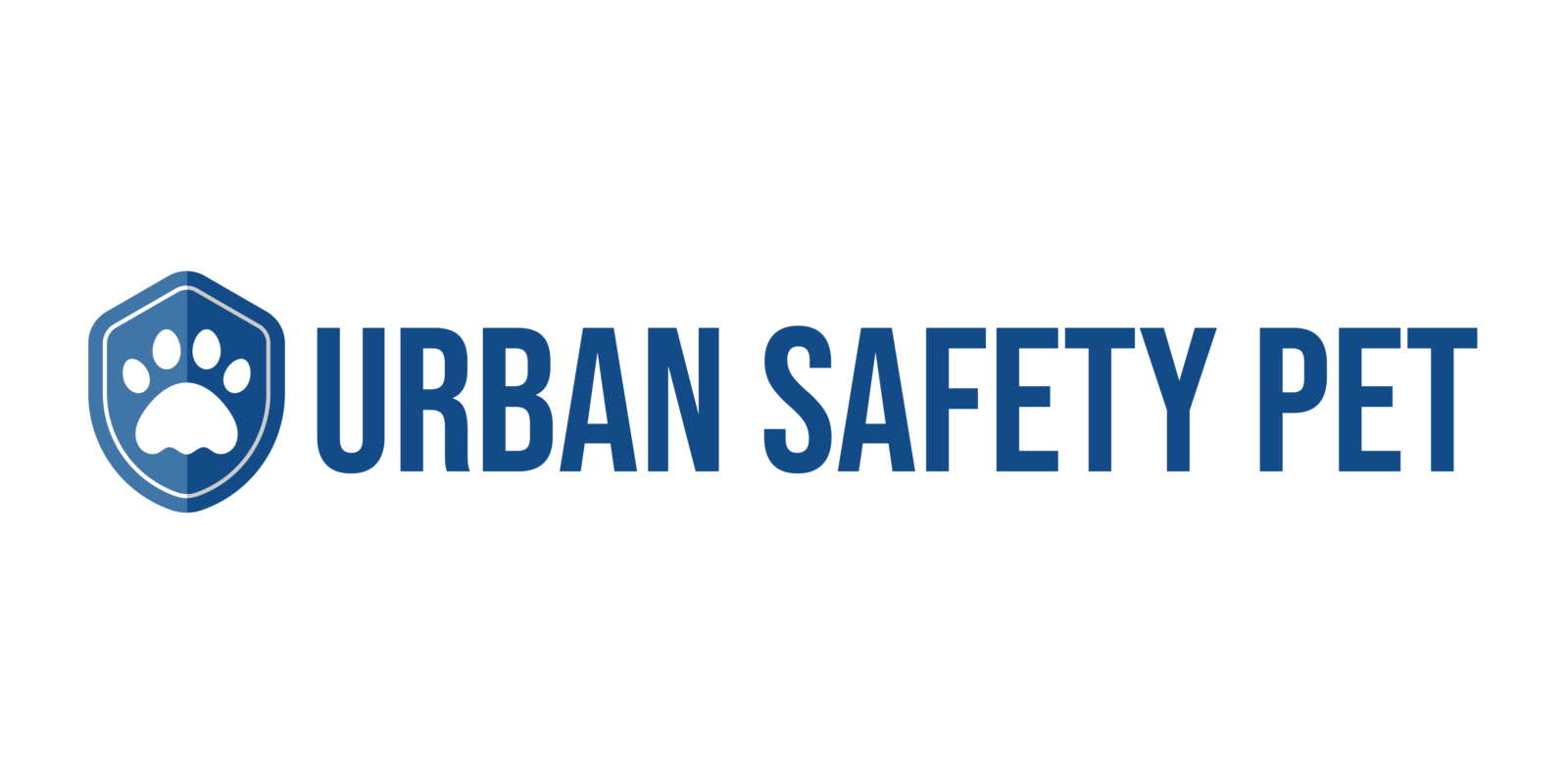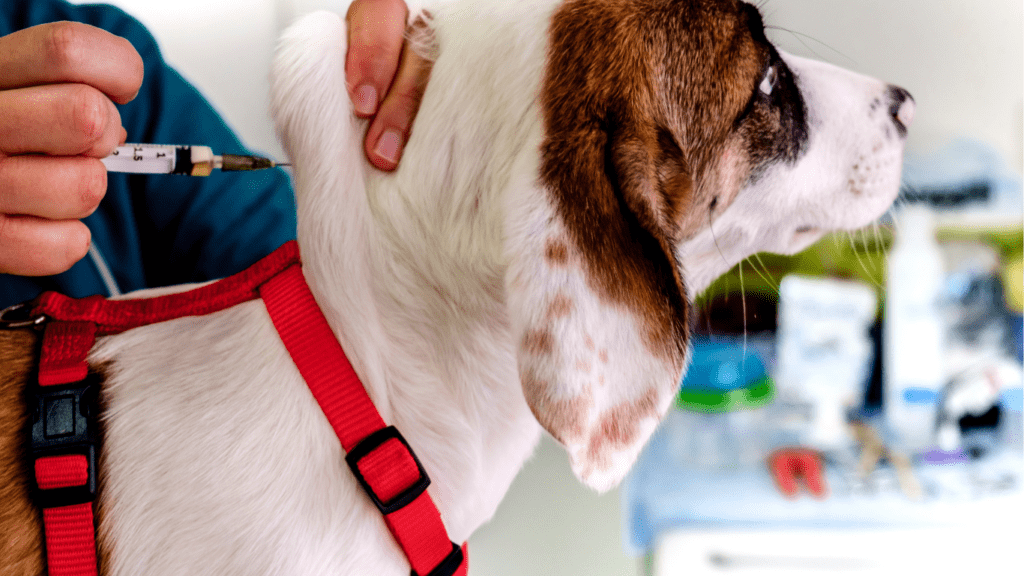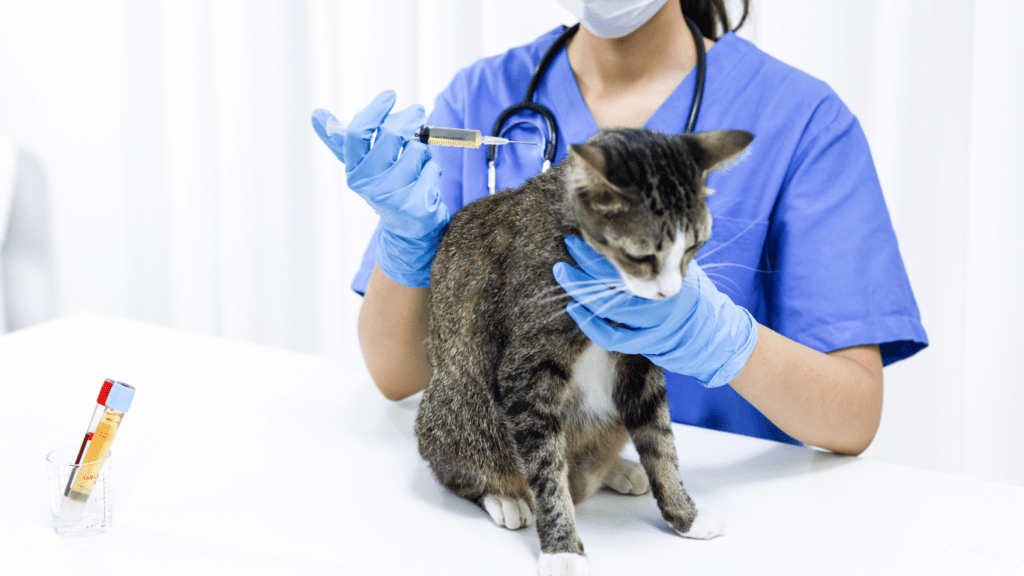Overview of the New Pet Vaccination Guidelines
The new pet vaccination guidelines provide updated protocols for immunizing pets. These guidelines focus on tailored vaccination schedules depending on factors such as age, lifestyle, and health status. The American Animal Hospital Association (AAHA) now recommends core vaccines for all pets, including those for rabies, distemper, and parvovirus.
Core Vaccines and Their Importance
Core vaccines protect against diseases that pose a significant risk to all pets. Examples include rabies, distemper, and parvovirus. These diseases are often severe, highly contagious, and can be fatal. The guidelines emphasize regular boosters for continued immunity.
Non-Core Vaccines and When They Are Needed
Non-core vaccines target diseases with a lower risk or those pertinent to specific environments. Examples include the Bordetella and Lyme disease vaccines. Pets that frequently visit dog parks or live in tick-infested areas benefit from these additional vaccines.
Vaccination Schedules
Puppies and kittens generally start their vaccinations at 6-8 weeks of age. The series usually includes multiple doses up to 16 weeks. Adult pets need annual or triennial boosters based on the vaccine type and recommendations from veterinary authorities.
Special Considerations for Older Pets
Older pets with compromised immune systems may need adjusted vaccination strategies. Vets might recommend titer testing to assess existing immunity levels, helping avoid unnecessary vaccinations while ensuring continued protection.
Adapting to Lifestyle Changes
The guidelines also account for pets’ lifestyle changes. Pets moving to different regions may need vaccines for diseases prevalent in new areas. Regular veterinary consultations ensure pets receive the most relevant vaccinations.
Understanding the new guidelines helps pet owners make informed decisions about their pets’ health. By following these updated recommendations, pet owners can effectively protect their furry companions from numerous infectious diseases.
Key Changes in Vaccination Schedules
Recent changes in pet vaccination schedules aim to enhance efficacy and safety. The updated guidelines provide specific adjustments and new recommendations.
Core Vaccines Adjustments
Core vaccines now include adjusted schedules for rabies, distemper, and parvovirus. Rabies boosters are required every three years, aligning with state regulations. For distemper and parvovirus, initial vaccines should be followed by boosters at one year, then every three years. These adjustments help maintain optimal immunity and meet legal requirements.
Non-Core Vaccines Recommendations
Non-core vaccines target specific risks for individual pets. Bordetella vaccines are recommended annually for dogs in high-contact environments like kennels or dog parks. Lyme disease vaccines are advised for dogs in tick-prevalent areas, with bi-annual shots for high-risk cases. These recommendations allow tailoring of preventative measures to individual pet lifestyles and regional risks.
Importance of Regular Vaccinations

Ensuring pets receive regular vaccinations is critical for maintaining their health. Vaccines work by preparing the immune system to fight diseases, protecting pets from potentially deadly infections. Core vaccines, such as rabies, distemper, and parvovirus, are essential for all pets, regardless of their lifestyle or age.
Regular vaccinations prevent outbreaks of common diseases. For example, rabies, a fatal virus, affects both animals and humans and requires control through consistent vaccination efforts. Distemper and parvovirus, highly contagious viruses, can cause severe illness and death in unvaccinated pets.
Updated guidelines emphasize the importance of booster shots. While core vaccines protect against primary diseases, booster shots maintain immunity levels. Rabies boosters are now recommended every three years, ensuring ongoing protection. Annual boosters for distemper and parvovirus help sustain immunity, especially in environments with high disease exposure.
Non-core vaccines address specific health risks. For instance, pets in high-contact environments benefit from Bordetella vaccines, reducing kennel cough risk. Pets in tick-prevalent areas are advised to receive Lyme disease vaccines, guarding against tick-borne illnesses.
Vaccinations contribute to herd immunity. By vaccinating pets, pet owners reduce the chance of disease spread within the community. Vaccinated pets create a barrier, protecting those who cannot be vaccinated due to health reasons.
Regular veterinary visits ensure the timely administration of vaccines. Vets assess pets’ overall health, lifestyle, and specific risk factors to tailor vaccination schedules. These visits also allow for early detection of potential health issues, ensuring comprehensive care.
Pets benefit from the structured protection vaccination schedules offer. Following the updated guidelines helps pet owners maintain their pets’ health and well-being efficiently. Regular vaccinations remain a cornerstone of preventive healthcare, offering peace of mind and enhanced protection against infectious diseases.
Evaluating the Risk of Over-Vaccination
Assessing the potential risks associated with over-vaccination is essential for ensuring pets receive only the necessary immunizations. Over-vaccinating can lead to adverse effects, making it crucial for pet owners to stay informed and vigilant.
Potential Health Risks
Over-vaccination can cause a range of health risks for pets, including allergic reactions and autoimmune diseases. For instance, some pets may develop anaphylactic reactions shortly after receiving a vaccine, while others might experience chronic immune system issues. Ensuring that pets receive only the vaccines pertinent to their health status and environment can mitigate these risks.
Monitoring and Adjusting Vaccination Plans
- To minimize over-vaccination, regularly reassess vaccination plans based on lifestyle, age, and health status.
- A pet that rarely interacts with other animals might not need frequent non-core vaccines.
- Work with a veterinarian to adjust the vaccination schedule accordingly, ensuring it remains beneficial and not overburdening for the pet’s immune system.
- Regular vet visits enable timely adjustments and help maintain optimal health.
Veterinarian’s Role in Implementing Guidelines
Veterinarians play a crucial role in the successful implementation of new pet vaccination guidelines. They ensure pets receive proper vaccinations tailored to their specific needs.
Effective Communication with Pet Owners
Educating pet owners about the importance of vaccinations is vital. Pet owners need to understand core and non-core vaccines (such as rabies and Bordetella).
I explain the reasoning behind each vaccine to help them make informed decisions. These discussions cover how vaccines prevent diseases and align with the pet’s health history. When owners know the benefits, they’re more likely to comply with vaccination schedules.
Providing Personalized Vaccine Plans
Creating personalized vaccine plans ensures optimal protection. I assess factors like:
- age,
- lifestyle
- health status
to determine appropriate vaccines and schedules.
For example, indoor pets may not need the same vaccines as those frequently outdoors. Close monitoring helps adjust plans based on changes in the pet’s environment or health. This approach minimizes risks and maintains effective immunity levels for each pet.




